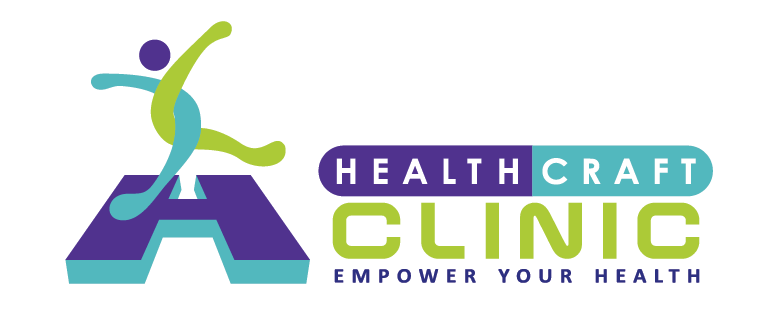Physiotherapy & Active Rehab
Expert physiotherapy and active rehabilitation services for sports injuries, work injuries, and chronic pain management.
Comprehensive Physiotherapy Services
Our experienced physiotherapists use evidence-based treatments to help you recover from injury, manage pain, and improve your overall function and quality of life.
Manual Therapy
Hands-on techniques including joint mobilization, soft tissue massage, and myofascial release to restore mobility and reduce pain.
Exercise Therapy
Customized exercise programs to strengthen muscles, improve flexibility, and enhance functional movement patterns.
Dry Needling
Trigger point dry needling to release muscle tension, reduce pain, and improve movement dysfunction.
Conditions We Treat
Our physiotherapists have extensive experience treating a wide variety of musculoskeletal conditions and injuries.
Sports Injuries
- Sprains and strains
- Tendon injuries
- Ligament tears
- Overuse injuries
Back & Neck Pain
- Lower back pain
- Neck pain
- Disc injuries
- Sciatica
Work Injuries
- Repetitive strain
- Ergonomic issues
- Workplace accidents
- Return to work programs
Joint Conditions
- Arthritis
- Joint stiffness
- Post-surgical rehab
- Movement dysfunction
Your Treatment Journey
Our systematic approach ensures you receive the most effective treatment for your specific condition.
Assessment
Comprehensive evaluation of your condition, movement patterns, and functional limitations.
Diagnosis
Clear explanation of your condition and development of personalized treatment goals.
Treatment
Evidence-based therapy combining manual techniques, exercise, and education.
Recovery
Ongoing support and prevention strategies to maintain your health and prevent re-injury.
Ready to Start Your Recovery?
Don't let pain hold you back. Our expert physiotherapists are here to help you get back to doing what you love.
